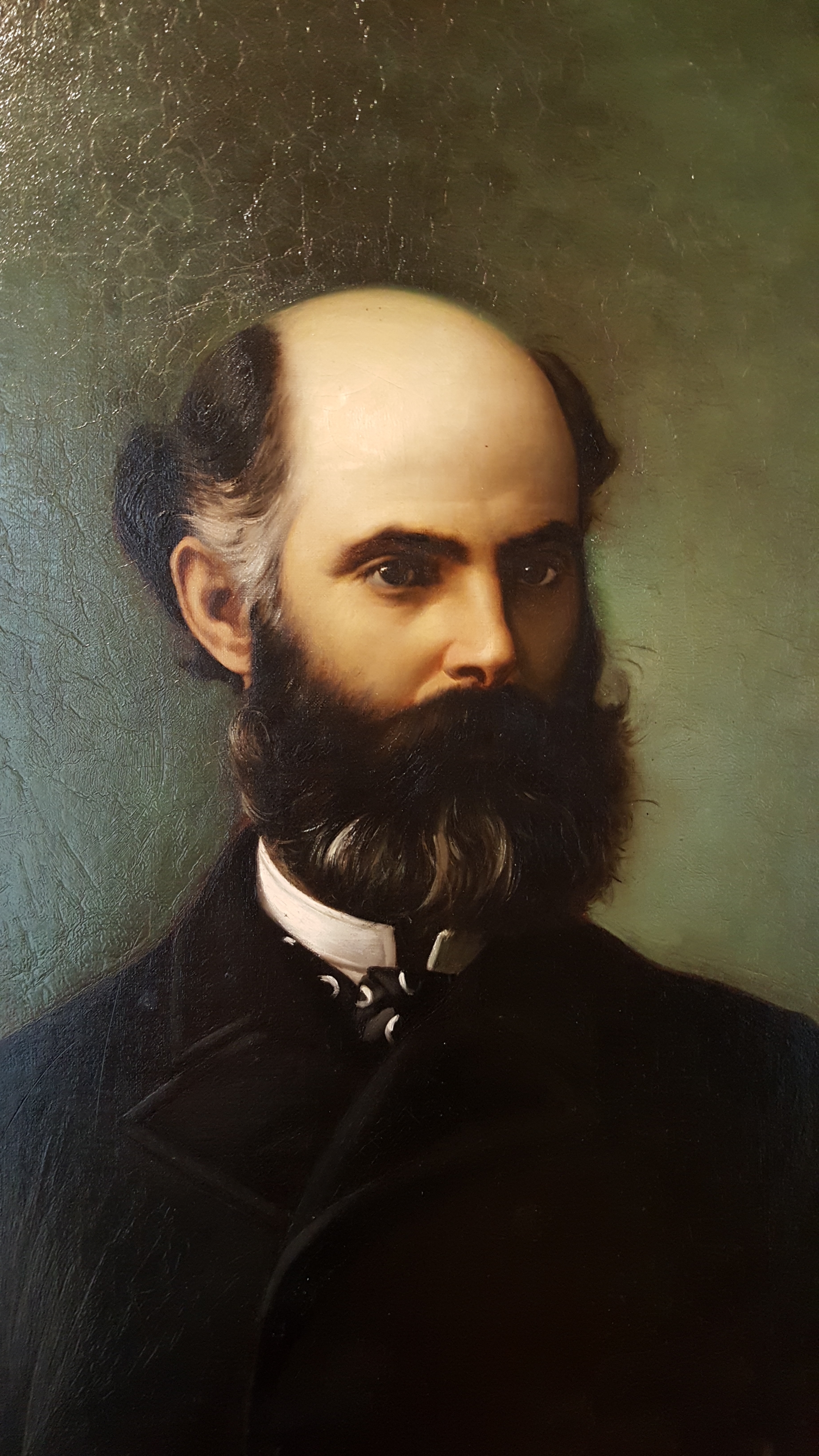

Son of António Maria de Sena and Ana Josefa, António Maria de Sena was born in the municipality of Seia, where he was baptized on 12 January, 1845. He married Dona Isabel Carneiro de Morais e Sena. He graduated in medicine at the University of Coimbra, where he taught Physiology. In this institution he defended his doctoral thesis entitled "Delirium in acute diseases" and was the author of several works that represent an essential contribution to the understanding of psychiatry in Portugal. It should be noted, "The Alienated in Portugal - History and Statistics" (1884) and "The Alienated in Portugal - History and Statistics: Conde Ferreira Hospital" (1885). These works compile the first statistical research on mental illness in Portugal.
António Maria de Sena was appointed the first director of the Conde de Ferreira Hospital on March 3, 1881, although this hospital, the first built from scratch in Portugal for the treatment of psychiatry (thanks to the legacy of the great benefactor Joaquim Ferreira dos Santos - Conde Ferreira), was only inaugurated on March 24, 1883. Before, he traveled through Europe where he visited several psychiatric institutions. As director of the Conde de Ferreira Hospital, Sena materialized an important charity work, very innovative at the time, and made it a center of study and research from which emerged illustrious figures, all his disciples, as Júlio de Matos and Magalhães Lemos.
He elaborated the first psychiatric law in Portugal, which was named after his surname - Sena Law. It was made official in the royal legislation emanated on July 4, 1889. This law divided the territory in four areas composed of administrative districts and advocated the construction or rehabilitation of psychiatric hospitals, four in total - Lisbon, Coimbra, the island of São Miguel and Porto, complementary to the Conde de Ferreira hospital. In this law it was also stipulated the construction of psychiatric wards annexed to prisons. Funding was obtained through the creation of a "public charity fund for the alienated" consisting of a special tax stamp on various official documents.
He passed away on October 14, 1890 at place of Granja, Vila Nova de Gaia county.
The oil on canvas portrait of Antonio Maria de Sena is exposed in the room dedicated to the history and action of the Misericórdia do Porto, painted by José Alberto Nunes (1829-1890). This artist studied painting at the Academy of Fine Arts (Porto) between 1845 and 1852. He performed several portraits to institutions like the Santa Casa da Misericórdia do Porto and the Commercial Association of Porto, where he painted the image of King Pedro IV. He was heavily influenced by the painter Auguste Roquemont. José Alberto Nunes remained faithful to the romantic aesthetic.
Information | publicos@mmipo.scmp.pt | 220 906 961


.jpg)

